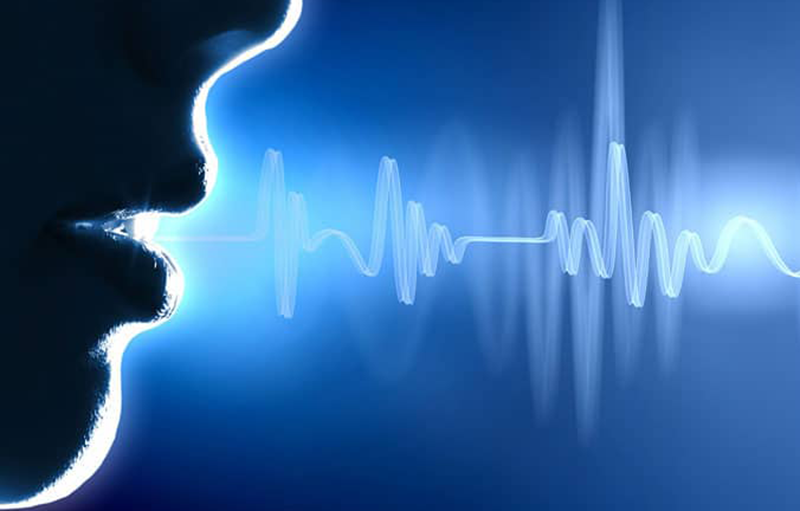Voice-recognition is a common feature in smartphones available in the market today. Often times, this feature doesn’t work properly due to surrounding noise and other obstacles. This is because a mobile phone uses a microphone which detects sound pressure to recognize voice.
Read more AlterEgo: Wearable That Lets You Give Voice Command by Reading Your Unspoken Thoughts
Now, researchers at the Pohang University of Science and Technology (POSTECH) in Korea have successfully developed a flexible and wearable vibration responsive sensor that can precisely recognize voice through vibration of the neck skin and is not affected by ambient noise or the volume of sound, reports POSTECH.
The research was led by Professor Kilwon Cho of Chemical Engineering and Professor Yoonyoung Chung of Electronic and Electric Engineering at POSTECH.
Ordinary vibration sensors use air vibration to recognize voice. However, mechanical resonance and damping effect decreases the sensitivity and therefore these sensors cannot measure voice accurately. Ambient sound or obstacles such as mouth mask can affect its accuracy of voice recognition and it cannot be used for security authentication.

The POSTECH researchers developed a vibration sensor utilizing the acceleration of skin vibration. The device, which is made up of an ultrathin polymer film and a diaphragm with tiny holes, can sense voices quantitively by measuring the acceleration of skin vibration.
The research team also successfully demonstrated that the device can accurately recognize voice without vibrational distortion even in the noisy environment and at a very low voice volume with a mouth mask worn.
Read more Wearable Motion Sensors Monitor Fetal Heartbeat, Could Save Unborn Babies
This research can be further extended to various voice-recognition applications such as an electronic skin, human-machine interface, wearable vocal healthcare monitoring device.
“This research is very meaningful in a way that it developed a new voice-recognition system which can quantitively sense and analyze voice and is not affected by the surroundings. It took a step forward from the conventional voice-recognition system that could only recognize voice qualitatively,” Professor Kilwon Cho explained.












